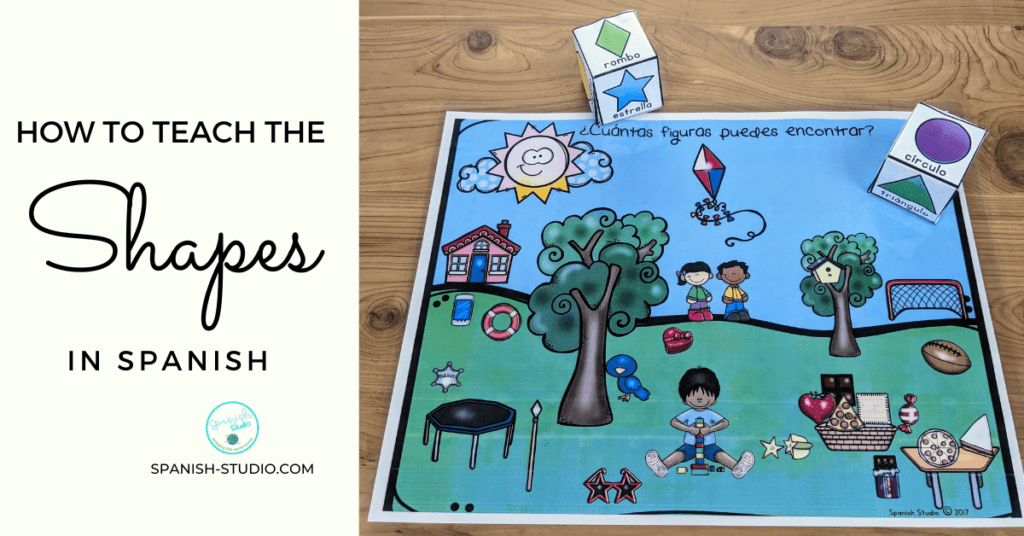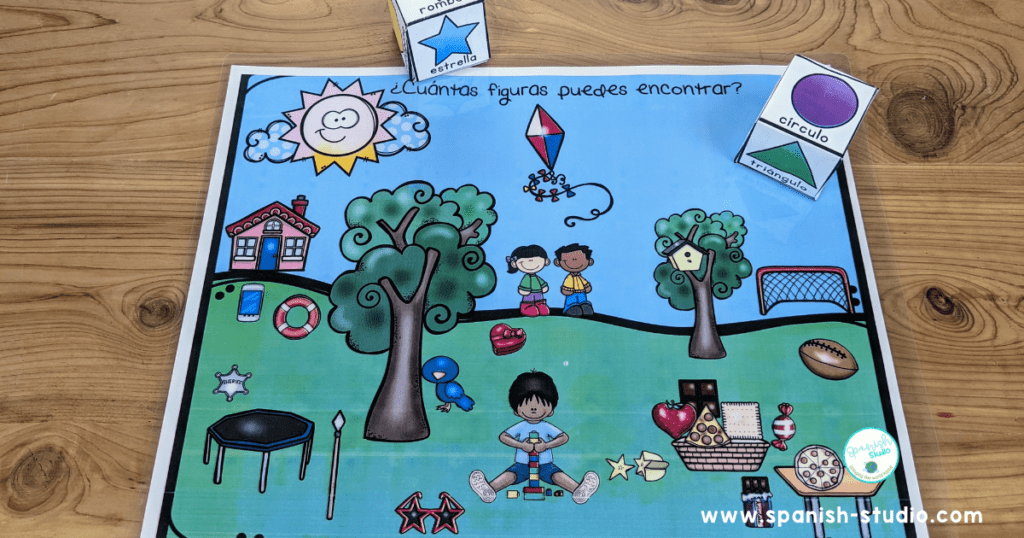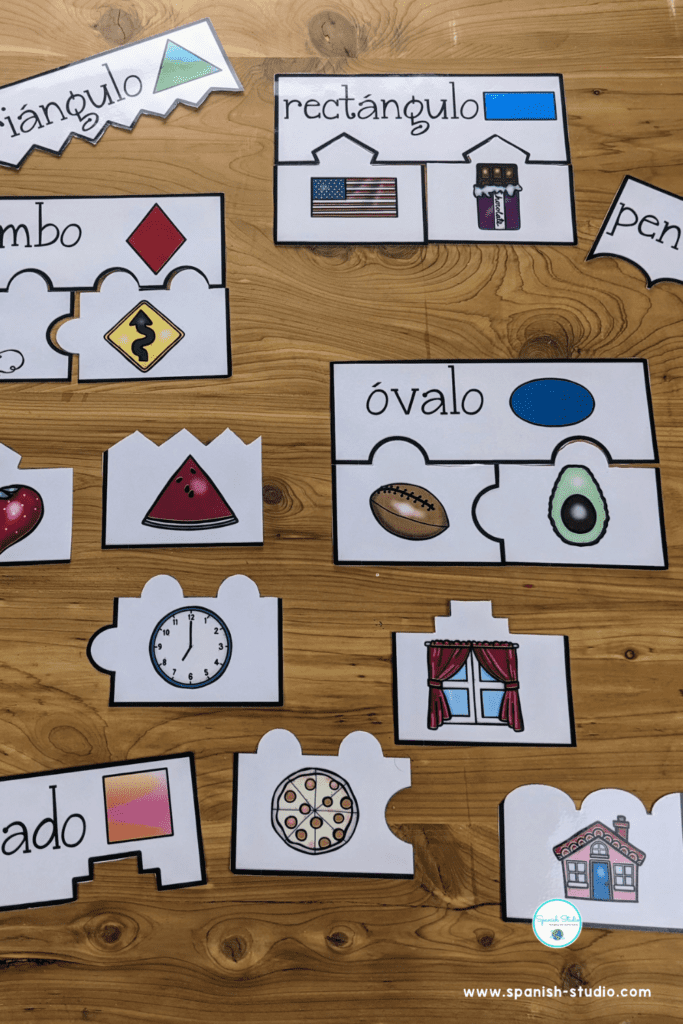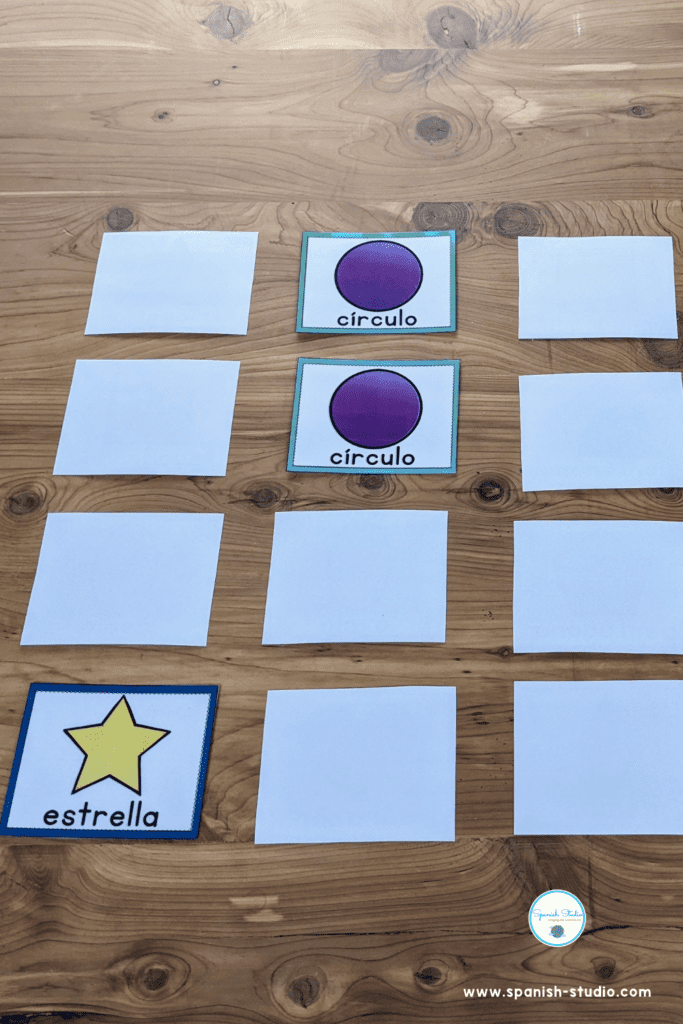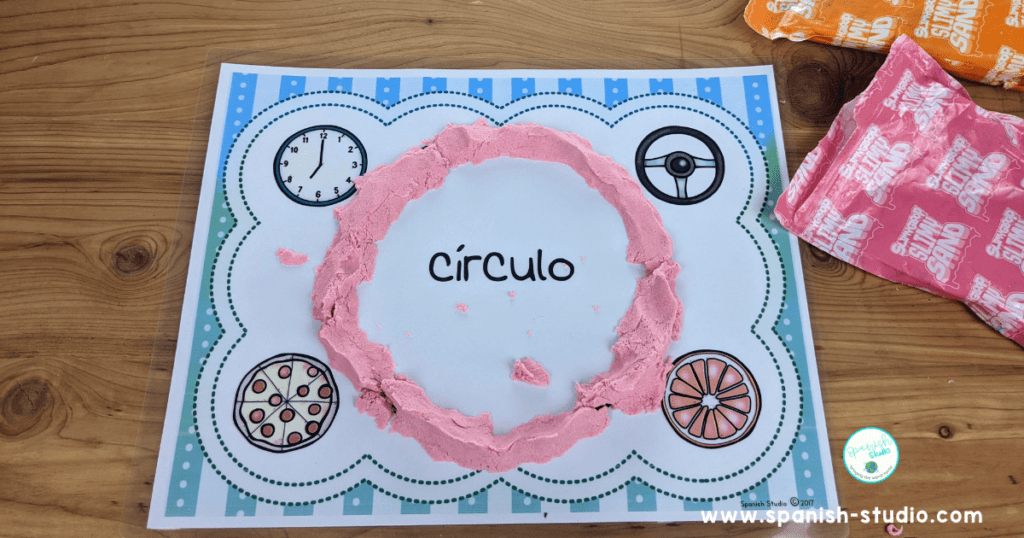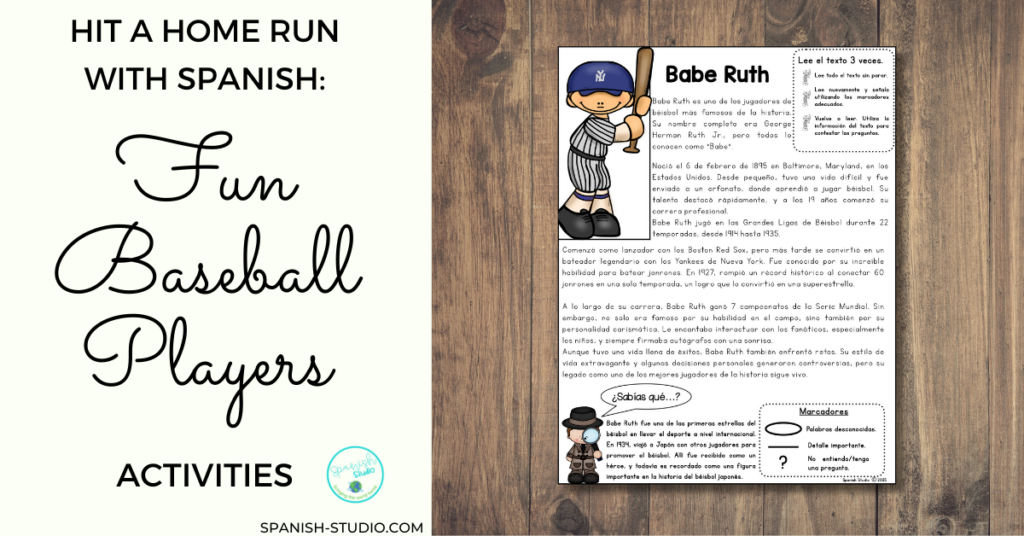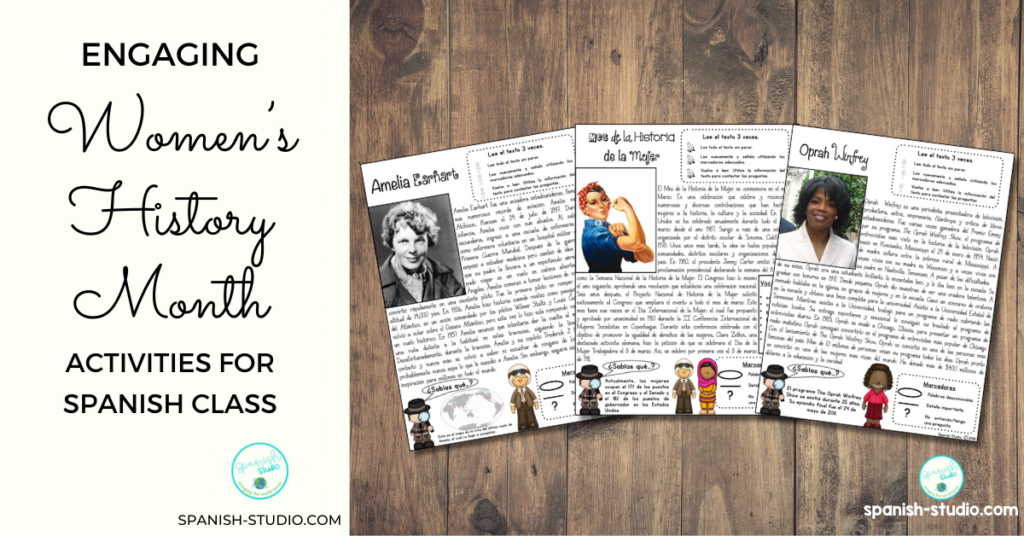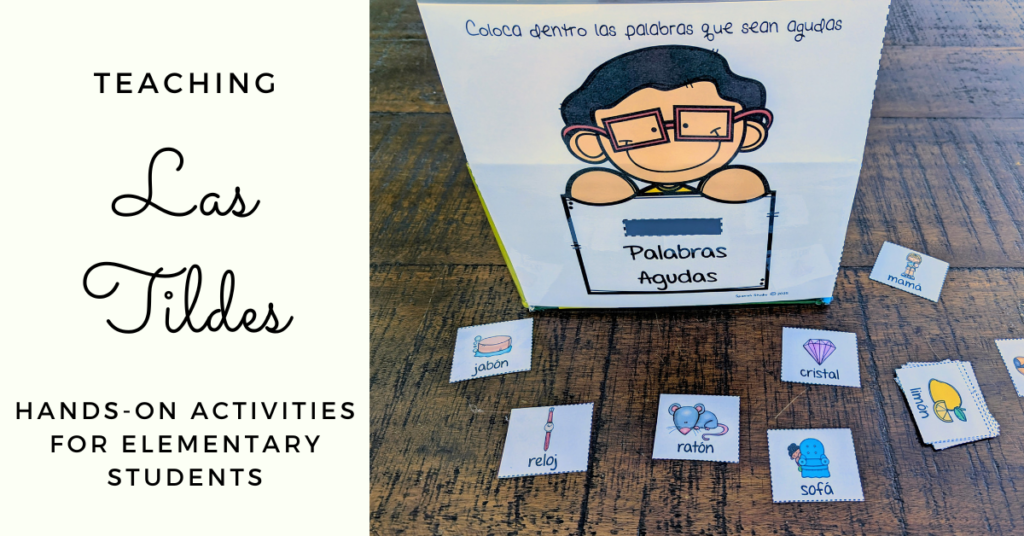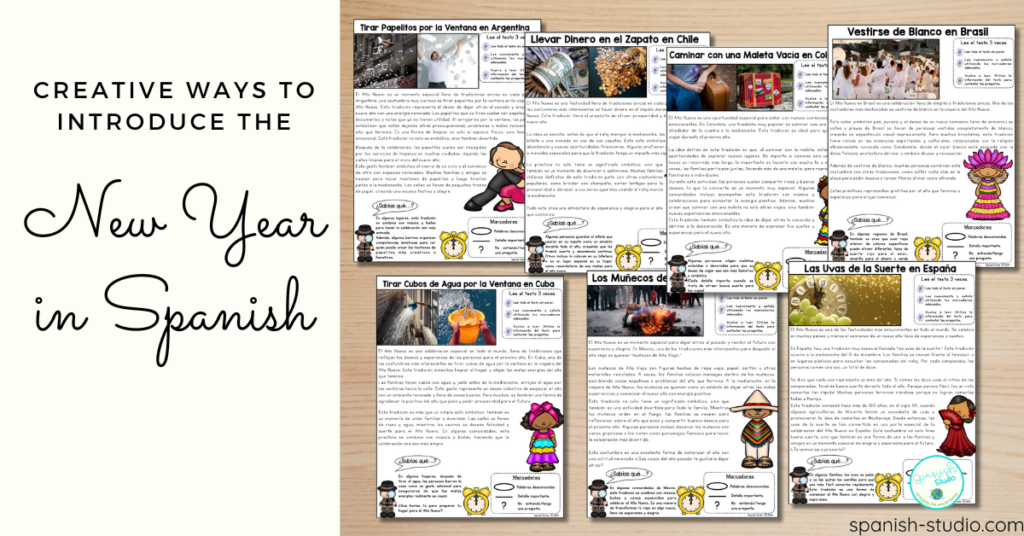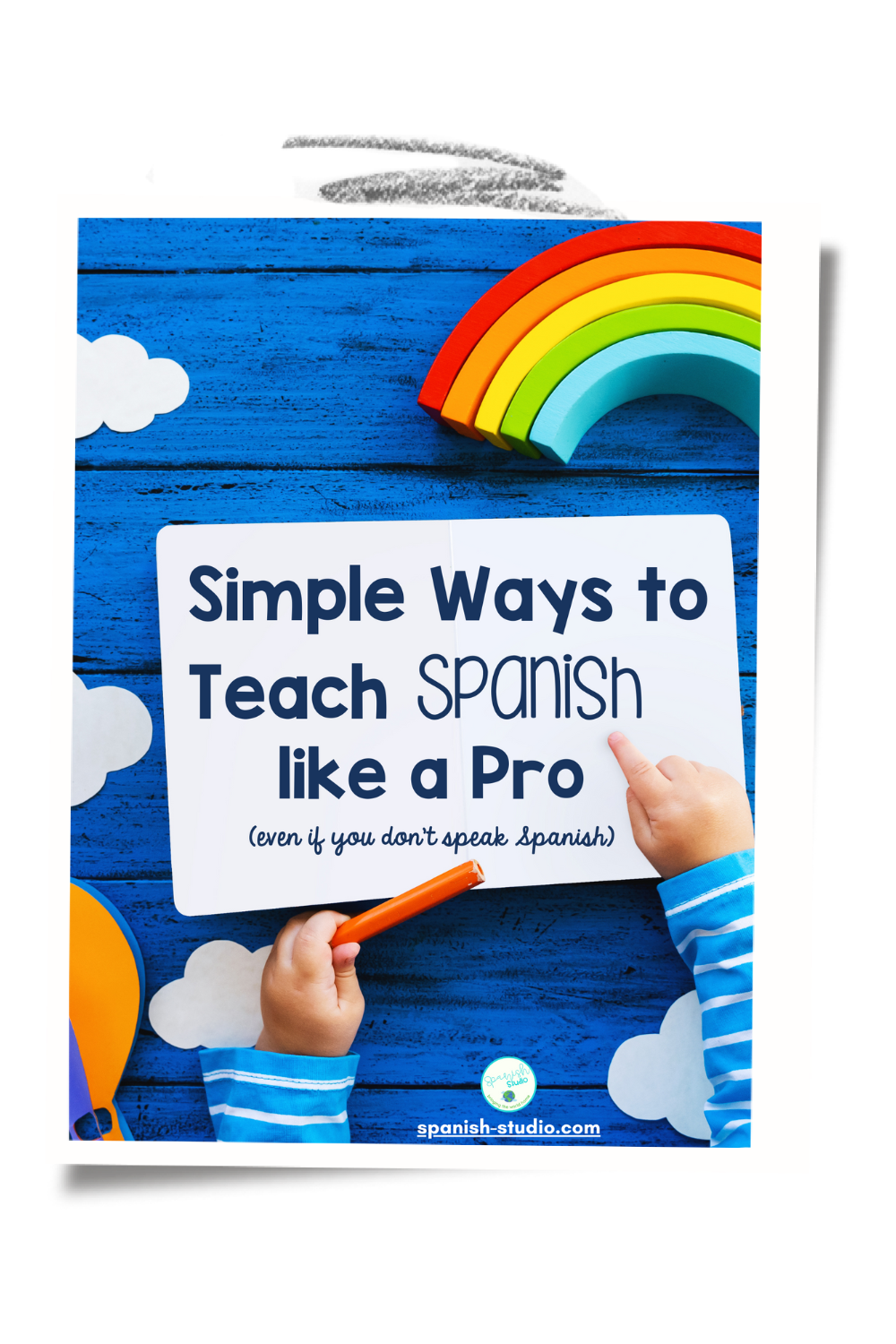Teaching the Shapes in Spanish is a topic I like to integrate in all my themes. Shapes are everywhere, and learning to identify and differentiate them has numerous benefits in young children.
Knowing the shapes in Spanish helps children expand their vocabulary, understand math concepts such as size and position, develop problem-solving skills, organize visual information, cultivate writing skills and spatial relations.
I like to introduce shapes in Spanish to my children through a variety of fun and engaging activities that include:
Shapes in Spanish Books
Stories are the best resource to introduce and teach any concept. I use any book that has shapes and read it to my students using TPRS teaching strategy. Some suggestions that I really like are:
Formas: This short book tells the story of Jacinto and how he discovers shapes everywhere he goes exploring with his sister Rosa. The simple text and images make it a fun, engaging book to read.
El Señor Cuadrado y sus amigos: This book tells the story of Mr. Square and his desire of being different. When Mr. Square meets his new friends, he starts exchanging body parts with them, with the goal of changing and looking different. This is a great book to reinforce the concept, identify the different shapes, and talk about the importance of acceptance and diversity.
Shapes in Spanish Songs
Songs are a valuable tool when it comes to teaching Spanish. The rhythm of the music and rhyme of lyrics help children understand new vocabulary, improve listening skills and pronunciation. It helps children learn in a relaxed and fun environment. Some songs suggestions that I use all the time:
Las Formas (Luli Pampin): This song is a great one, not only to help children identify and name the shapes in Spanish, but also to understand the characteristics of each shape.
La Cancion de las Figuras Geometricas: With this song, children practice identifying the shapes in Spanish, and also about the number of sides each shape has. It helps children practice number correspondence.
Figuras Geometricas: I love the rhythm of this song. It’s catchy and fun. It also makes a comparison of the objects we can find around us that are shaped in different ways.
Figuras Geometricas: This is another great song. It is catchy and with simple lyrics to help children learn the basic shapes in Spanish. It also helps children identify the shapes they can find in their environment.
Shapes in Spanish Games
Implementing the use of games and hands-on activities in the Spanish classroom helps motivate children in the learning process. It increases student’s participation and engagement. It helps develop important skills, such as collaborative work, communication and critical thinking.
Roll and Find:
This game can be played both as an independent and/or Centers activity. Students roll the shape dices and then find an item that is shaped as the shape on their dice in their mat.
Shapes Puzzles:
Students sort and match real world shapes.
Memory Game/Find the Match:
Students use the cards to play the traditional Memory Game or to Find the Match by going around the classroom to find another person with the same card.
Shapes Play dough Mats:
Students use the mats to model the shapes using play dough. It can be used to glue different items, such as stickers, rice, glitter, etc.
Building Shapes:
In this activity, students color, cut and sort the different shapes to form and discover a hidden animal.
Shapes Spoons Game:
This game is designed to be played just like the card game Spoons. Each player takes turns passing one card that they do not want to the player to their left, usually at one player’s signal to “Switch”. When a player has 4 cards that are a match, he/she, as quietly as possible, takes a spoon from the center. As the other players notice this, they (as quietly as possible) take a spoon until there is one player without a spoon. The player without a spoon, loose. This is a fun, entertaining, hands-on approach to learn and practice 2D shapes.
Sorting Mats:
Students sort the different objects into the correct shape.
Interested in more?
Download my FREE Guide: “How to Teach Spanish Like a Pro (even if you don’t speak Spanish)”

